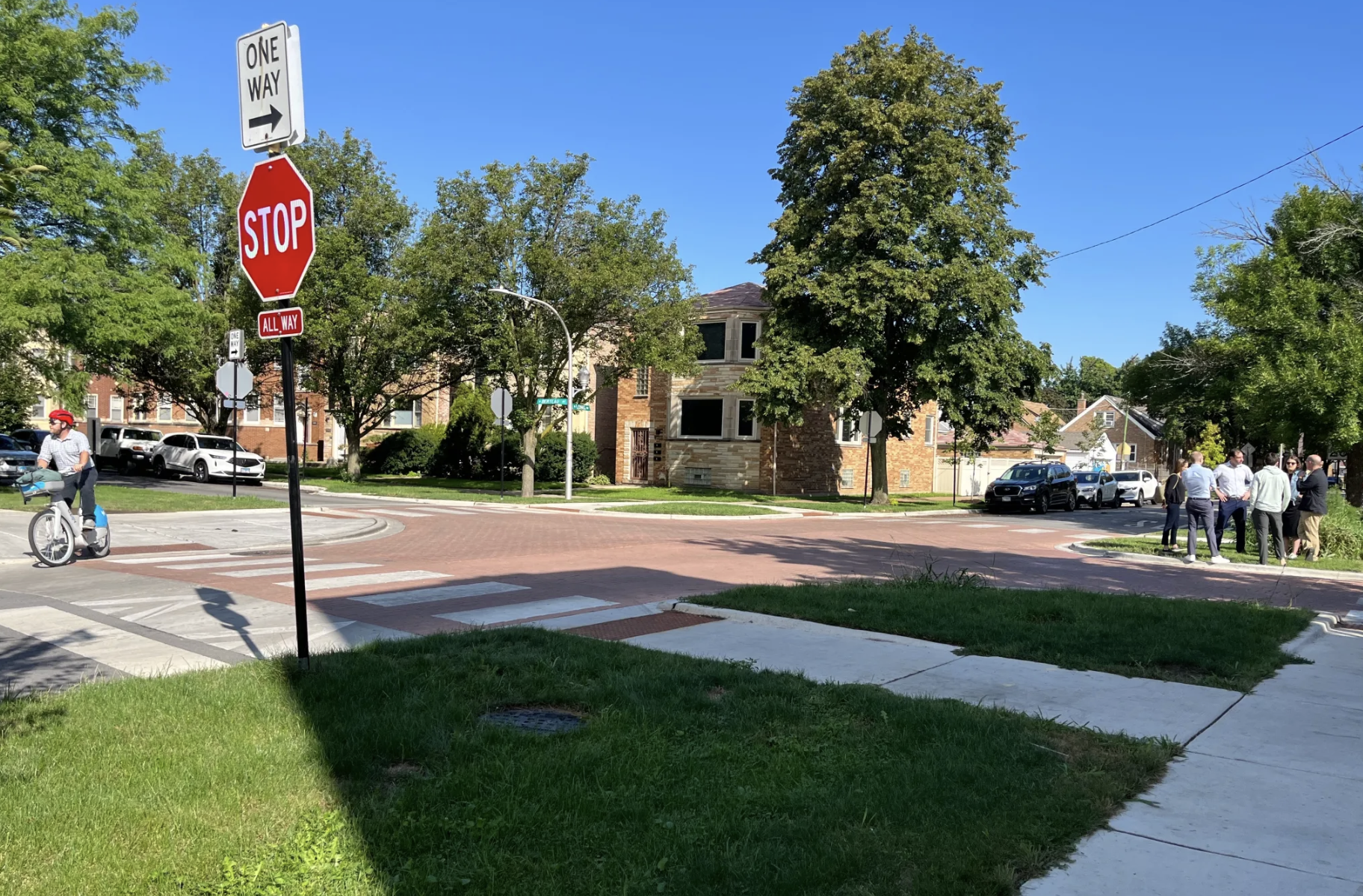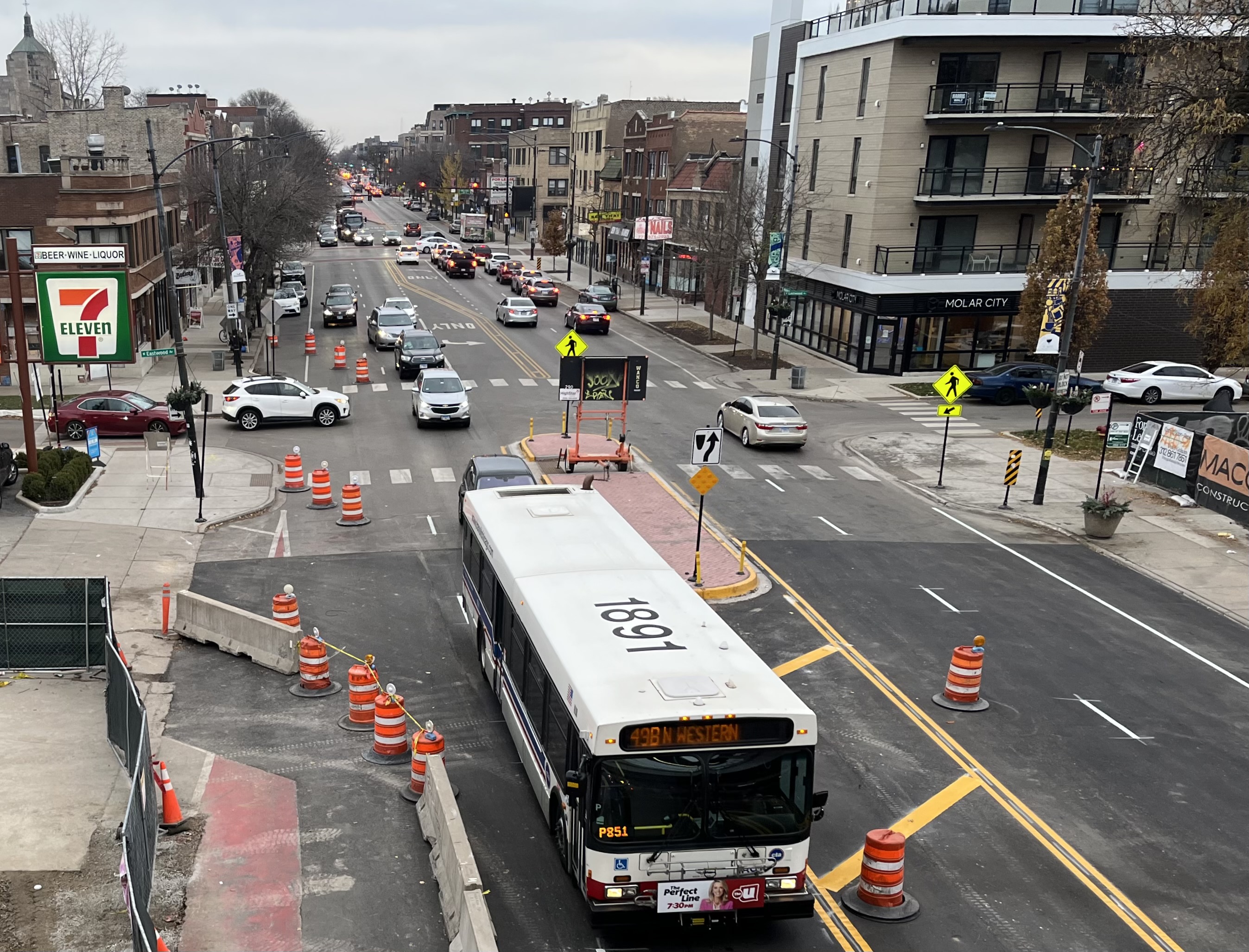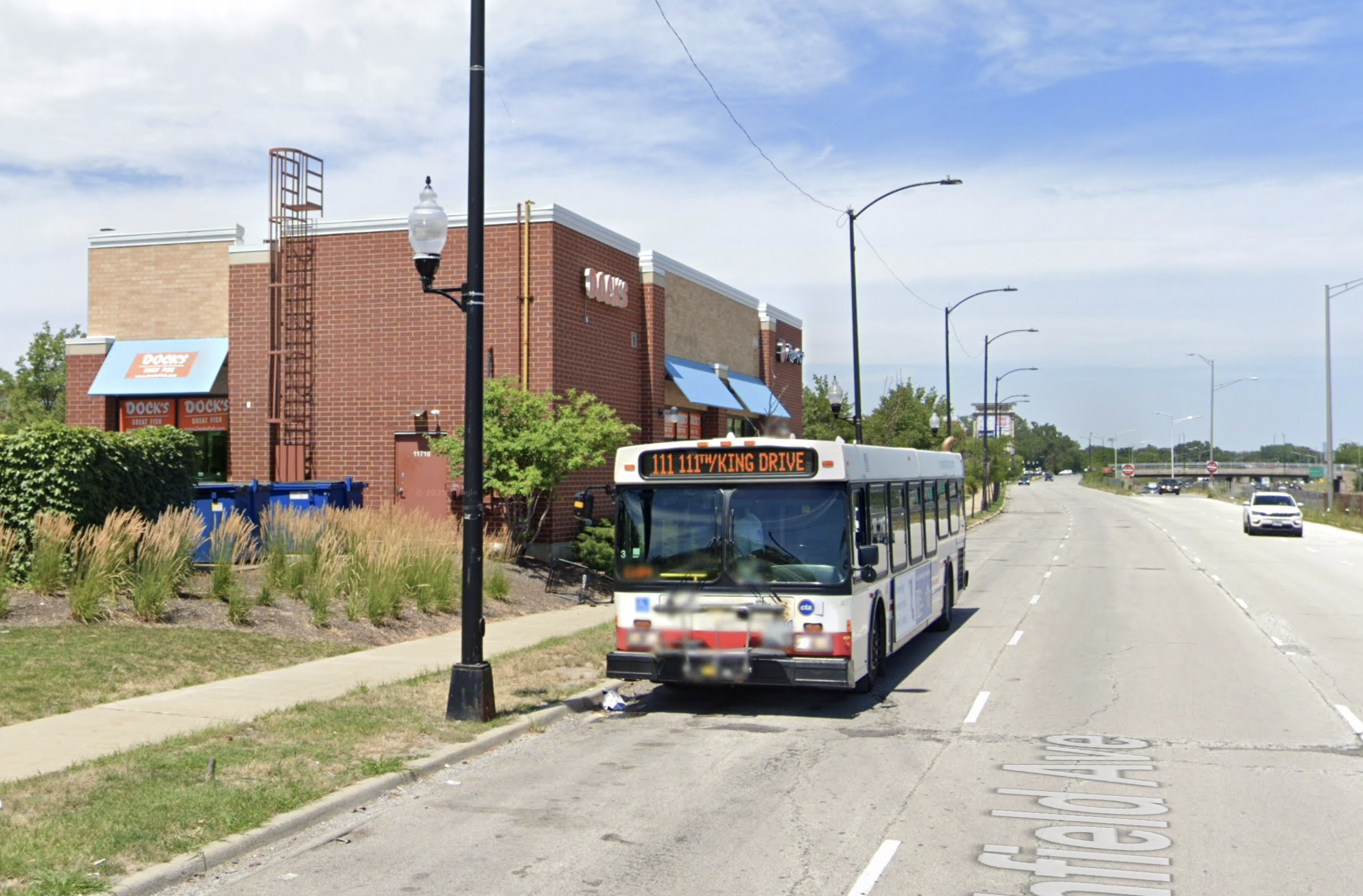The American Society of Civil Engineers released its new report card for U.S. infrastructure yesterday. The topline grades: The country’s “GPA” has gone from a D four years ago to a D+; roads have gone from a D- to a D; transit has stayed steady at a D; and rail made the biggest leap, from a C- to a C+.
ASCE’s report card is much more influential than your typical Beltway policy paper. It gets cited at every Congressional hearing, political meeting, and think-tank conference about infrastructure and transportation. It is used to make the case for billions more in investment – indeed, according to ASCE, the country needs $3.6 trillion in infrastructure spending before 2020 to improve our overall grade to a B.
If you sift through ASCE's interactive digital report, you'll find a more nuanced message. But it's the D grades and the gaudy dollar figures that make headlines. Look at the section about road conditions, and you'll see ASCE declaring that 42 percent of major urban highways are congested, costing the economy $101 billion in wasted time and fuel annually. This is the message that lawmakers trumpet when pushing for more highway money.
Just a Propaganda Document?
Chuck Marohn, a planner and engineer who runs the Strong Towns Network, is one of the most vocal critics of the ASCE methodology. “[The report card] is a propaganda document by an organization whose members directly benefit from the current approach,” Marohn said after the ASCE report was released yesterday morning. “This is not a serious look at infrastructure in this country.”
He said professional engineers, himself included, don’t look at themselves as lobbyists, "yet that’s exactly what we are when we support organizations like ASCE and this report card.”
Not surprisingly, Brian Pallasch, ASCE’s managing director for government relations and infrastructure initiatives, defended the report card. Pallasch said the nation’s engineers take seriously their responsibility to point out severe deficiencies in the infrastructure, just as doctors take seriously their responsibility to point out health problems. He added that ASCE is in favor of more transit and fought hard to keep dedicated transit funding in the House transportation bill last year, and that adding road capacity is just one of many solutions they advocate for.
But Marohn argues that ASCE's message perpetuates the policy of road expansion. “We’re focusing on congestion as opposed to focusing on things like the productivity of our places,” he said. “That is creating an over-emphasis on highway improvements and auto-based improvements as opposed to other things that would have a higher return on investment.”
Marohn said he could be convinced that more spending is justified, but not before he sees a smarter analysis based on the return communities get on their investment.
James Corless, director of Transportation for America, gave ASCE credit for calling attention to strategies beyond road building. “They talk about resiliency and sustainability and the need for strong regional infrastructure plans, coordinated with land use,” he said. “So while the price tag in the trillions of dollars can make people’s eyes glaze over, I think ASCE deserves a lot of credit for saying, ‘We have to overhaul not just the way we finance infrastructure and actually to invest more, but we have to be smarter about how we do that.’ And that’s a big recognition coming from the engineers.”
Mixed Messages on Dealing With Congestion
So let’s look beyond the call for more spending at what ASCE has to say about the country’s surface transportation infrastructure. In giving out grades to the various categories of infrastructure, they give a great deal of weight to state of good repair but also look at the sufficiency of the network's capacity.
For example, when looking at roads, ASCE points out deficiencies in road condition, arguing for more money for repair and maintenance, but also for increased capacity to reduce congestion, suggesting a desire to spend lots of money on new roads.
In giving the road network a D, ASCE implicitly makes the case for more road capacity, saying, “VMT on America’s highways increased by 39 percent between 1990 and 2009, so people are driving longer distances on average. However, newly constructed road mileage has only increased by 4 percent during that same time.”
The report does, however, stop short of begging for more road-building funds. ASCE pushes for “performance improvements” instead that won’t lead to “adverse community impacts such as induced sprawl” – measures like road pricing, variable speed limits, signal timing, and other technology to improve traffic flow – as well as “convenient and accessible alternative modes of transportation.”
Rail and Other Modes
ASCE sees the U.S. transit system as insufficient, as 45 percent of Americans lack access to transit (and a higher percentage lack access to transit that adequately serves their needs). The organization also urges communities “prioritize transit investments that can enhance sustainable land-use decisions” -- a commendable stance, but unfortunately one that's buried under the headline-grabbing grades.
Bridge condition has gotten a lot of attention in recent years, and ASCE says one in nine U.S. bridges are structurally deficient, with urban bridges being the most at risk because they see the most use. The grade for bridges went up slightly, from a C to a C+, but will likely continue to be one of the most-talked-about categories because of the safety issues bridge maintenance presents.
Rail is the closest any surface mode comes to a success story, according to the report, with one of the highest grades of all – a C+. (Only solid waste scores higher, with a B-, the highest grade ASCE has ever given in any category.)
“Railroads are experiencing a competitive resurgence as both an energy-efficient freight transportation option and a viable city-to-city passenger service,” ASCE wrote. “In 2012, Amtrak recorded its highest year of ridership with 31.2 million passengers, almost doubling ridership since 2000, with growth anticipated to continue. Both freight and passenger rail have been investing heavily in their tracks, bridges, and tunnels as well as adding new capacity for freight and passengers.”
Phineas Baxandall of U.S. PIRG gives some of the credit -- not just for rail but for the general uptick, however small -- to the stimulus. “States have been in terrible financial straits during the period they look at in this report and yet there’s this mild improvement,” Baxandall said. “So the obvious thing to point to is, oh yeah, there was this other $48 billion [for transportation infrastructure] that wouldn’t have been there otherwise that was markedly focused on repair in a way the money usually isn’t.”
Much of the $48 billion went to highways (and most of that was spent on maintenance), but the $8 billion for high-speed rail and other passenger rail improvements has given a needed shot in the arm for the rail system.
ASCE’s report card doesn’t evaluate bicycle and pedestrian infrastructure. ASCE’s Pallasch said he’d look into including it. “We always have a conversation as we end and begin a new report card cycle about what’s missing,” he said. “That may be one.”
Not Nearly Good Enough -- But Why?
Despite the small improvements in the ASCE's grades, the refrain you’ll be hearing over the next few days is that a D+ is still not worth bragging about.
Noting that ASCE projects a deficit of about $1.6 trillion in our infrastructure system over the next seven years, Rep. Peter DeFazio, a strong voice on the House Transportation Committee for more investment, said, "That’s as much money as the unnecessary war in Iraq cost us."
"If we want to maintain economic growth and international competitiveness, we are going to have to do a lot better than a near-failing ‘D+’," he added.
Senate Commerce Committee Chair Jay Rockefeller used the report's release as an opportunity to put in a plug for his infrastructure fund proposal. "The fact that our transportation infrastructure is still crumbling should surprise none of my colleagues," he said in a statement. "We have continued to push off the tough choices we need to make."
The message is coming through loud and clear: American infrastructure is in bad shape because we're not spending enough. As for spending wisely -- well, there are no pending bills in Congress about that.








